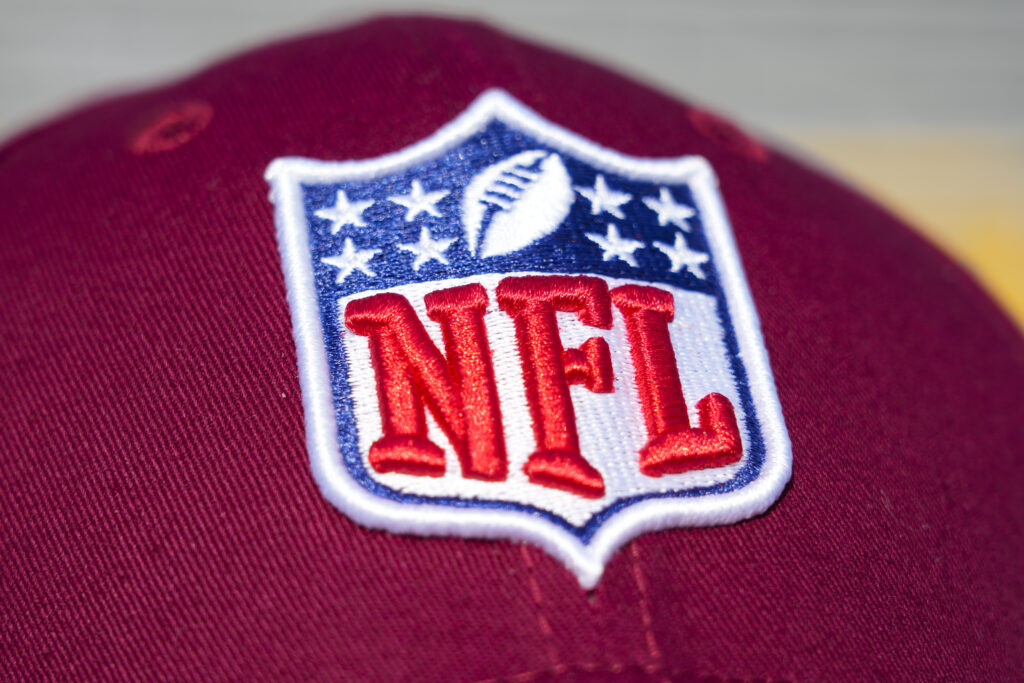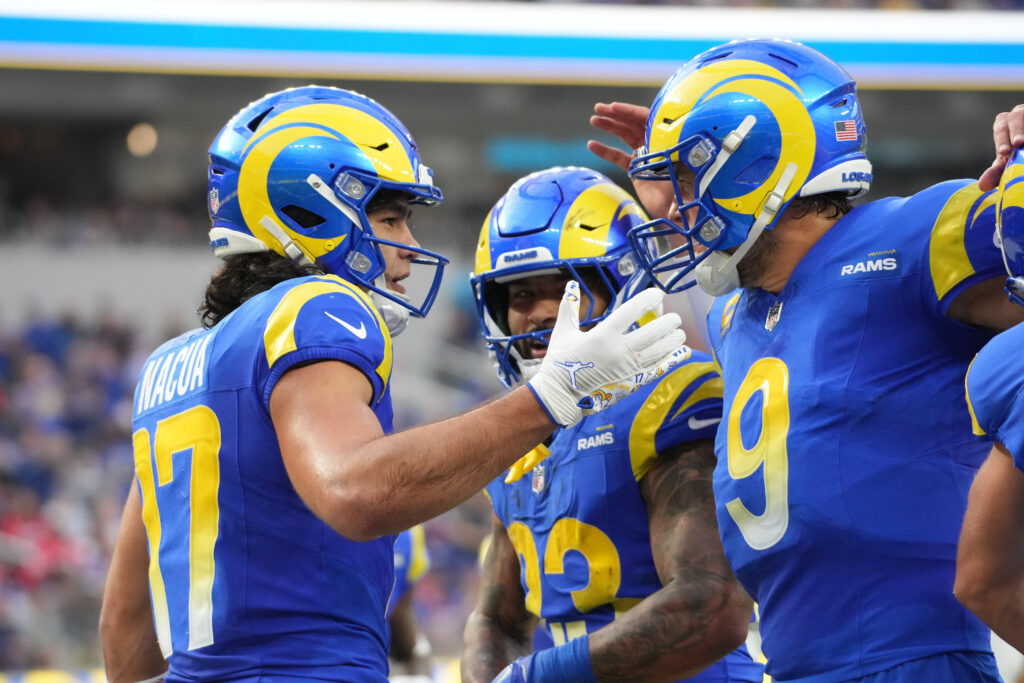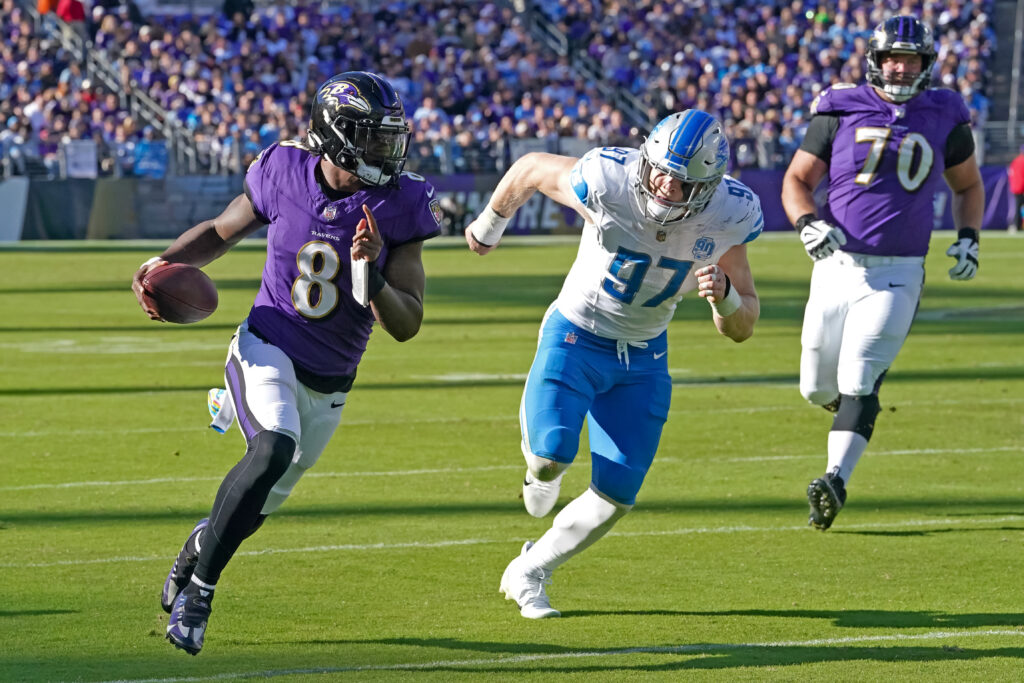The fantasy draft just ended, the results are in and Yahoo issued their post-draft grades for the league. The fantasy manager with the failing grade is dismayed to learn their team is destined to finish in last place. But a failing draft grade doesn’t have to mean their fantasy season is over. It’s still possible to recover from a bad draft.
Fantasy 101-How to Overcome a Bad Draft
A poor fantasy draft doesn’t have to signal the end of a fantasy season. Even the worst drafts can be overcome following the draft and with strategic management throughout the season. First, it’s important to remember the only guaranteed way to get an A-plus grade from Yahoo Fantasy is to set the computer to auto-draft because grades are based entirely on their computer algorithms. Selecting the auto-draft option ensures each draft pick lines up perfectly with Yahoo’s algorithms.
What A Poor Grade Means
It’s not unusual for drafts to suddenly fall apart in the middle rounds when fantasy managers are quick to jump on a particular player too early. However, a failing draft grade doesn’t mean you picked a bad team, it simply means you drafted players well ahead of their ranked average draft position. Going strictly by the player’s ADP, that individual would have been a solid choice if selected in a later draft round. Instead, taking that player earlier means there were other available players ranked higher, that the manager chose to bypass in favor of their designated player.
It’s not necessarily a bad strategy. Most fantasy managers would prefer to grab a particular player when he is still available rather than watch an opposing manager select him and then have to suffer the frustration of missing out on that player’s breakout scoring season.
A big part of the thrill of playing fantasy football for a manager is drafting their favorite players and having a vested interest in their success on the field. It’s especially gratifying for a fantasy manager to enter a draft with a particular strategy and build their dream team from scratch. It’s even more satisfying to watch their carefully chosen team make the playoffs without relying on auto-draft.
Overcoming The Weaknesses
Determining where the team is weakest and how to address or correct the issues is the first step in overcoming a rough draft. Identify the obvious gaps. Is the team missing an essential position such as a kicker or defense? Are there too many players on bye weeks at the same time?
Looking ahead to the first week’s match will indicate how a team stacks up against the opposition. Discovering which positions don’t measure up well against the opposing team is a good starting point. Even though it will initially lower your projected weekly score, simply reconfiguring the week’s lineup could be a great strategy for overcoming that deficit. You never know when a bench player will suddenly pop off and have a banner day. Or, a breakout year.
Raheem Mostert is a perfect example of a veteran player who exploded into a top running back in the last two years. Before his success with the Miami Dolphins, Mostert was with the San Francisco 49ers from 2016 to 2021. His most successful year with the 49ers was in 2019 when he had 772 yards on 137 carries with eight touchdowns. Last year, in a touch share with De’Von Achane, he had 1,012 yards on 209 carries with 18 touchdowns.
Look to acquire players who aren’t in your lineup. Post-draft research could reveal hidden gems such as underrated rookie players that might already be on the bench.
The Waiver Wire – A Fantasy’s Manager’s Best Tool
There is no better tool to fix a draft than the waiver wire. Trolling the waiver wire to pick up players who weren’t selected in the draft can make up for a multitude of post-draft concerns. The league’s waiver wire could contain undrafted veteran players who may be with a new team or returning from recent injuries. Or the waiver wire could yield underrated rookies or handcuff players who suddenly become starters when a teammate is injured. Perusing the waiver wire immediately after the draft is a great strategy for fine-tuning a lineup. Tracking players on the wire throughout the season to add promising newcomers or drop underperformers is a great way to stay ahead of the competition.
Another tool to improve your lineup during the season is to propose or agree to a trade with another team manager in the league. As a result of injuries or multi-game suspensions, another manager might be willing to engage in a mutually beneficial trade. If the proposed trade strengthens both team lineups, it’s a good move. Taking full advantage of the waiver wire to manage a team or negotiating a trade can erase deficits and bring a manager one step closer to securing a spot in the playoffs.
Main Image: Jeff Hanisch-USA TODAY Sports



